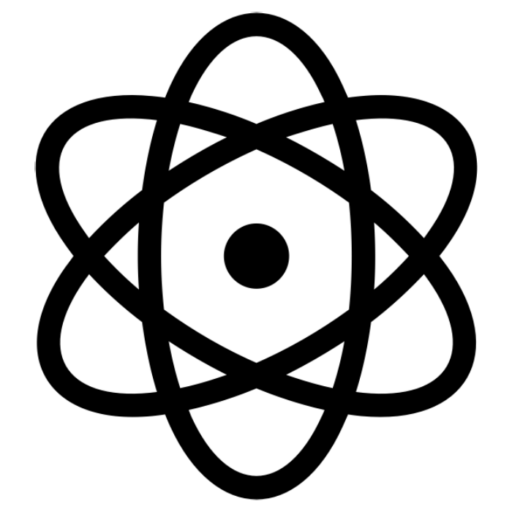Do you know what causes rickets?
Non-Communicable Diseases Quiz
Good Luck!
Quiz Summary
0 of 13 Questions completed
Questions:
Information
You have already completed the quiz before. Hence you can not start it again.
Quiz is loading…
You must sign in or sign up to start the quiz.
You must first complete the following:
Results
Results
0 of 13 Questions answered correctly
Your time:
Time has elapsed
You have reached 0 of 0 point(s), (0)
Earned Point(s): 0 of 0, (0)
0 Essay(s) Pending (Possible Point(s): 0)
| Average score |
|
| Your score |
|
Categories
- Not categorized 0%
- 1
- 2
- 3
- 4
- 5
- 6
- 7
- 8
- 9
- 10
- 11
- 12
- 13
- Current
- Review
- Answered
- Correct
- Incorrect
-
Question 1 of 13
1. Question
What is the cause of the non-communicable diseases – rickets, scurvy and anaemia?
CorrectIncorrect -
Question 2 of 13
2. Question
Undernutrition, extranutrition, overnutrition, malnutrition
-
Complete the sentence: happens when you consume too little or too much of a particular nutrient.
CorrectIncorrect -
-
Question 3 of 13
3. Question
Cirrhosis is a disease which is caused by excess consumption of alcohol over many years. Which organ does cirrhosis affect?
CorrectIncorrect -
Question 4 of 13
4. Question
Which of the following non-communicable diseases are caused by smoking?
CorrectIncorrect -
Question 5 of 13
5. Question
Why is there a difference in the death rates by liver disease in different countries around the world?
CorrectIncorrect -
Question 6 of 13
6. Question
Which of the following are negative effects of lifestyle choices on a National level (in the UK)?
CorrectIncorrect -
Question 7 of 13
7. Question
What does BMI stand for?
CorrectIncorrect -
Question 8 of 13
8. Question
Complete the equation used to calculate BMI: BMI = ……. / height
CorrectIncorrect -
Question 9 of 13
9. Question
Use one of the following words to fill in the blank: leg, hip, waist, thigh
-
Complete the sentence: An alternative measurement of BMI is -to-hip ratio. This measurement takes abdominal fat into account.
CorrectIncorrect -
-
Question 10 of 13
10. Question
Using a stent (a small mesh tube) is a method sometimes used to widen blood vessels in the heart. What are the potential negative consequences of this procedure?
CorrectIncorrect -
Question 11 of 13
11. Question
If coronary arteries are blocked, new blood vessels can be inserted, what is this procedure called?
CorrectIncorrect -
Question 12 of 13
12. Question
When blood pressure is very high or after a heart surgery, some patents need to take lifelong medicines. What are the drawbacks of taking these medicines?
CorrectIncorrect -
Question 13 of 13
13. Question
What is the best way to reduce the risk of cardiovascular disease?
CorrectIncorrect
Which exam board are you studying?
